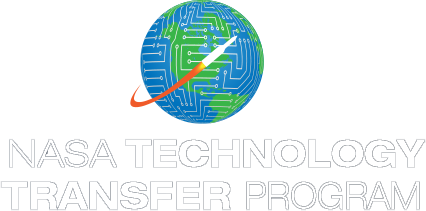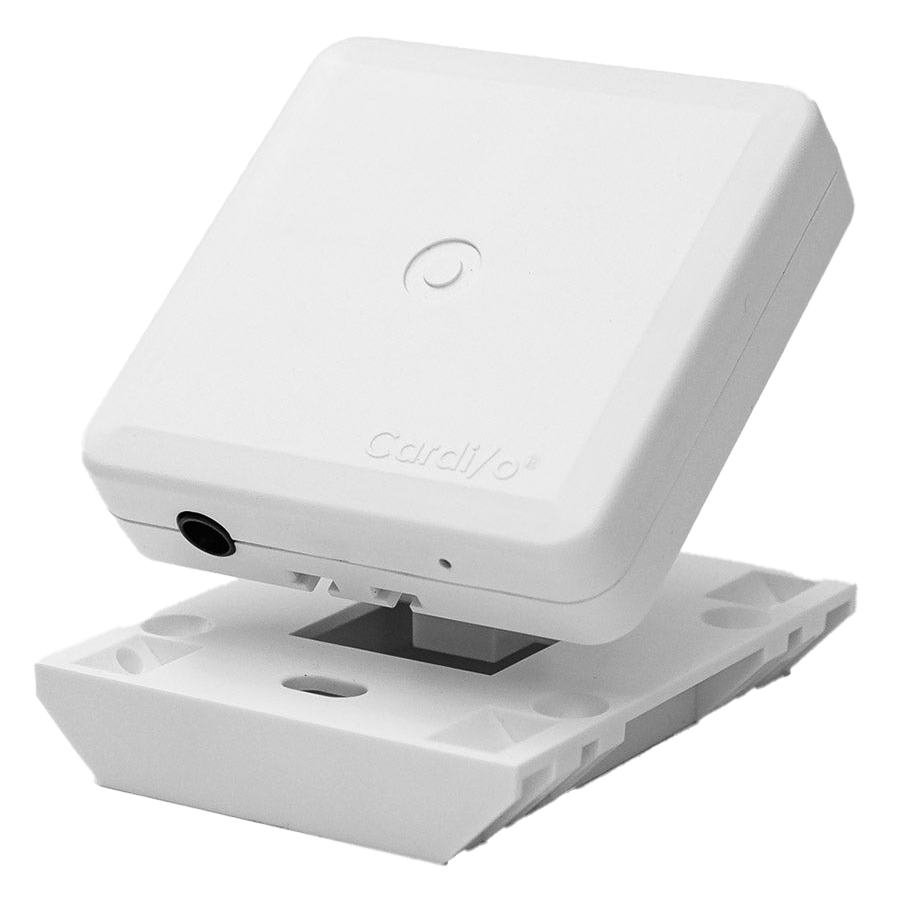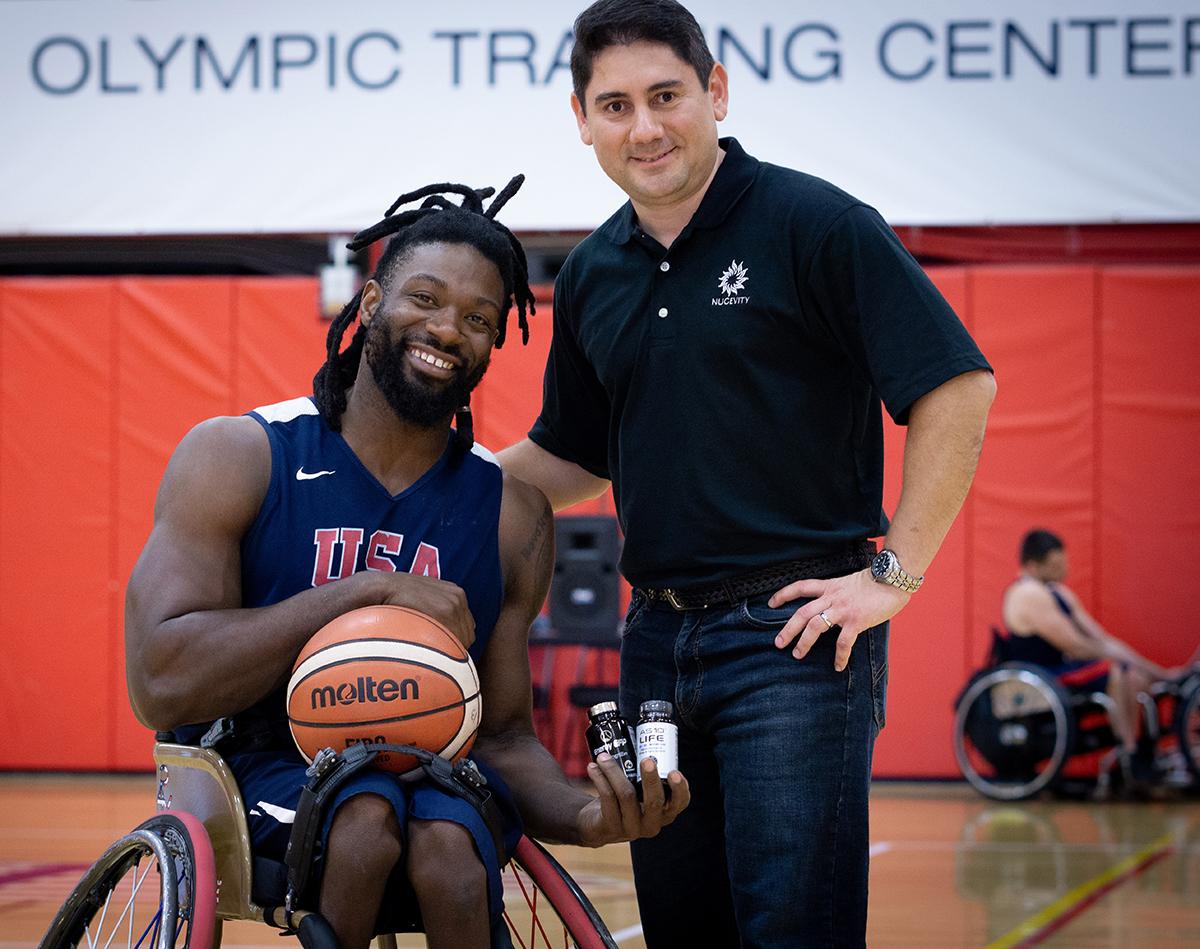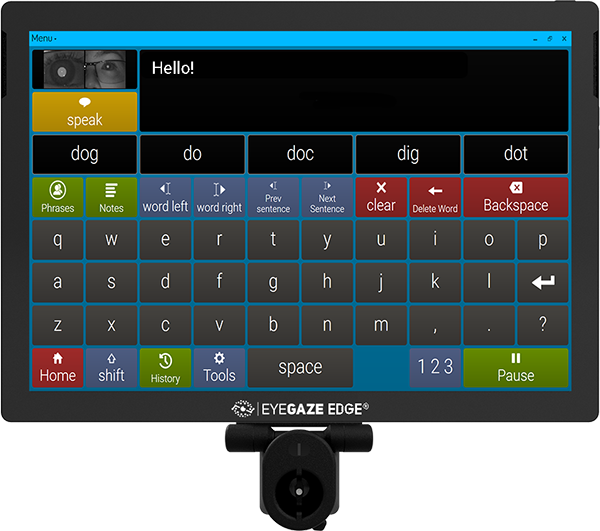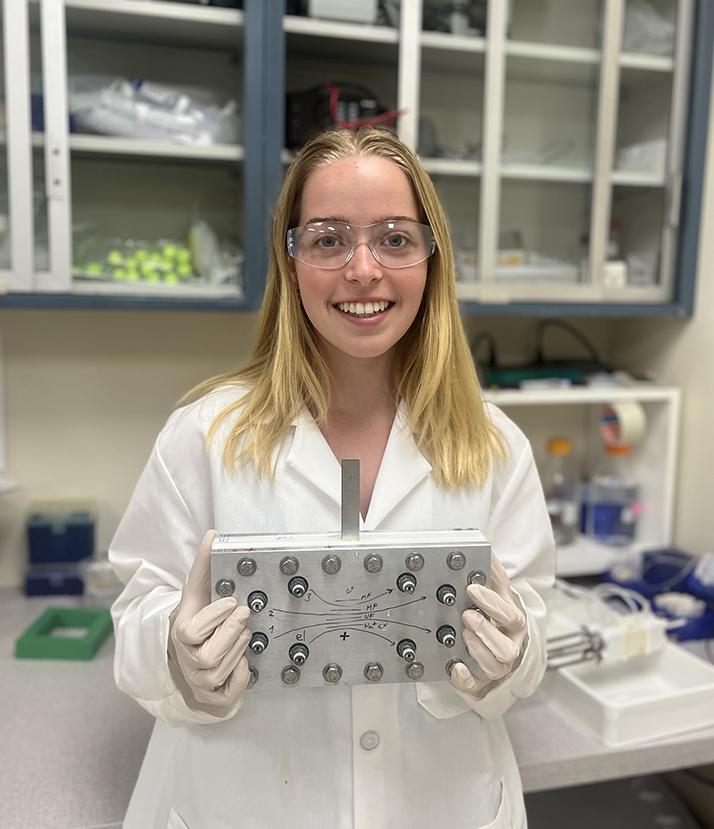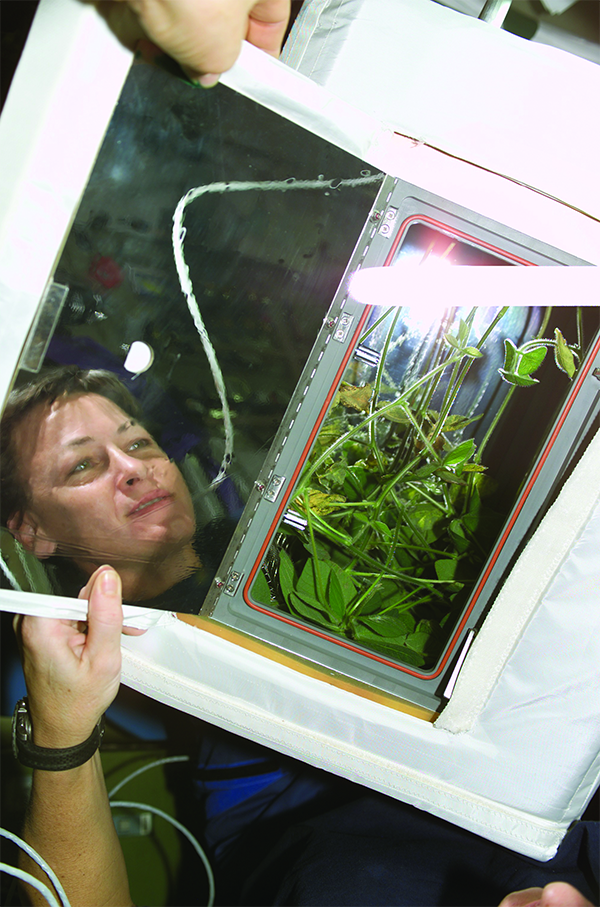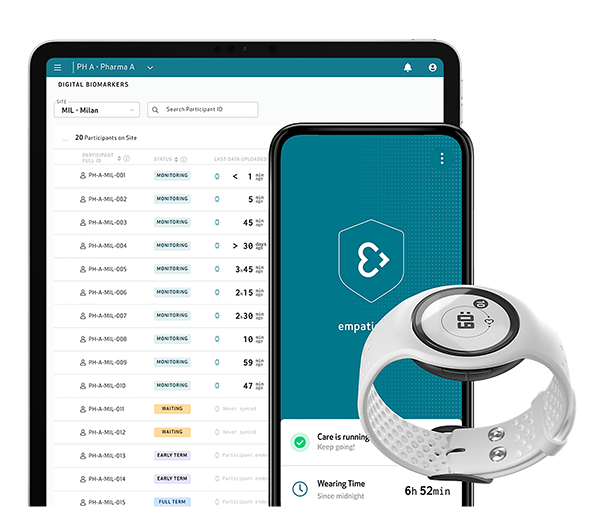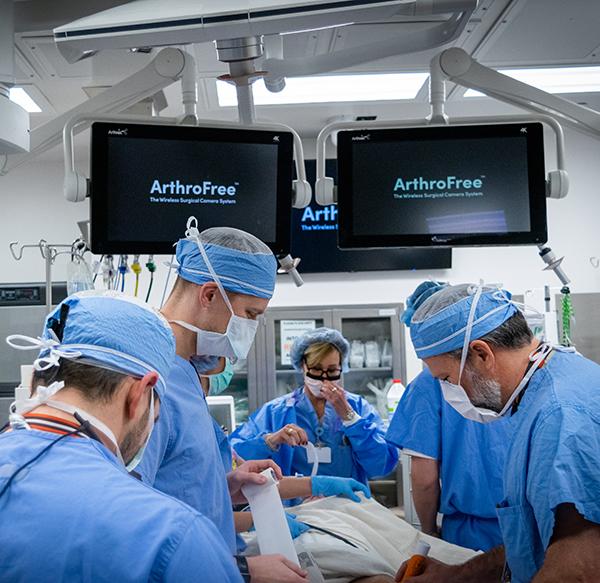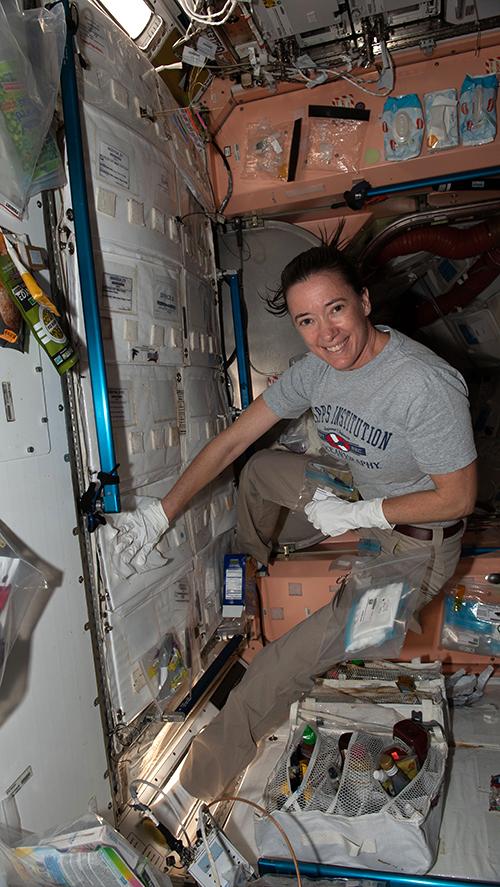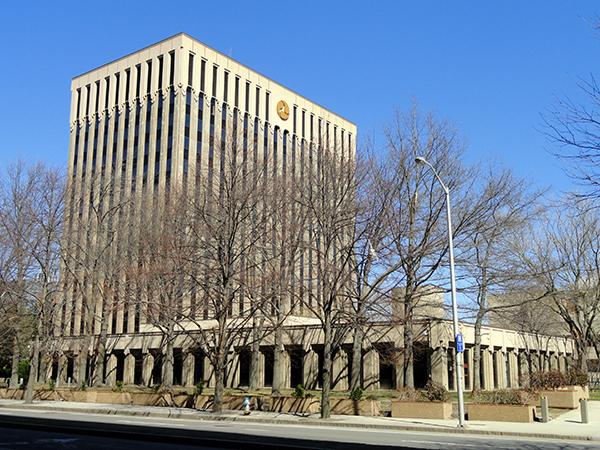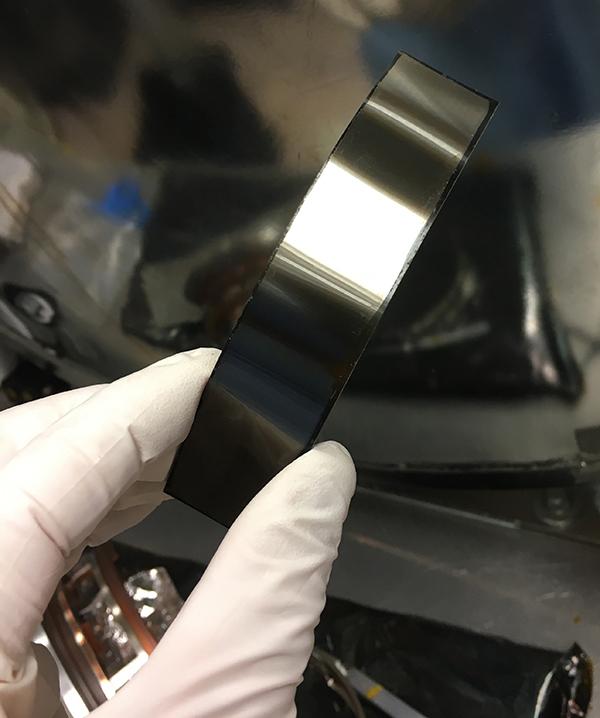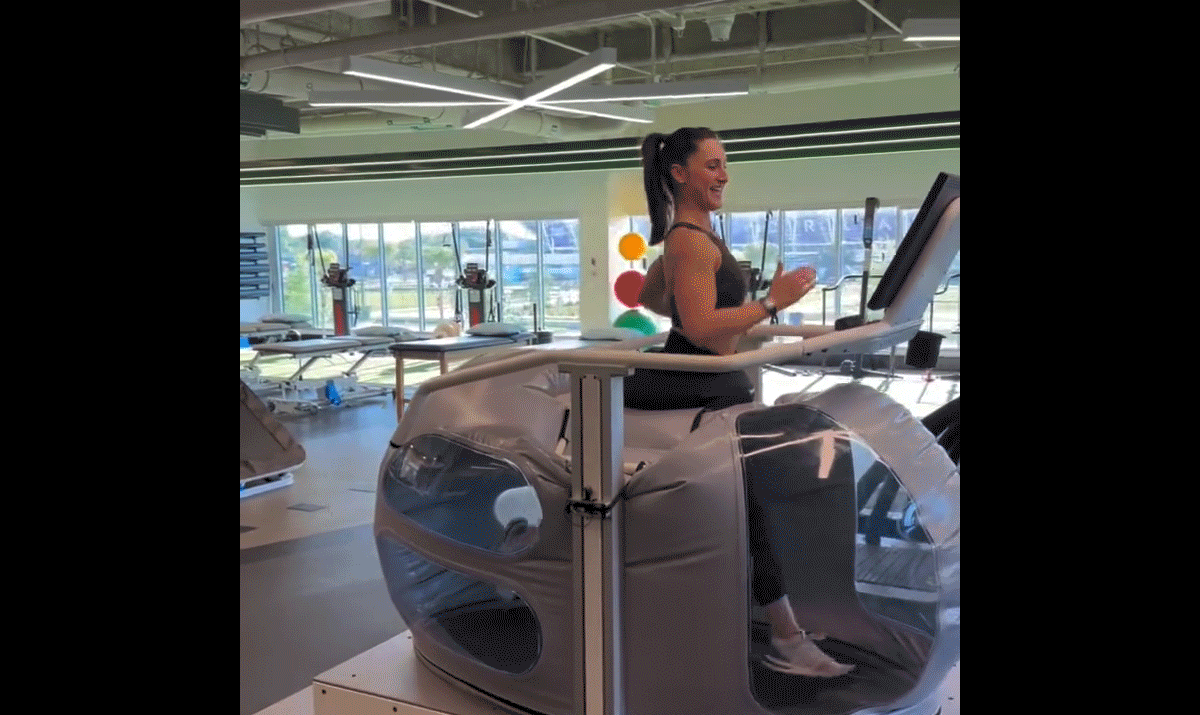
Space Tech Gives Treadmill Users a ‘Boost’
Subheadline
Creators of the original antigravity treadmill continue to advance technology, affordability with new company
When Sean Whalen and a couple of friends founded Boost Treadmills LLC in 2017, they’d already helped bring the world its first antigravity treadmill. Now they wanted the technology to help more people.
“We knew we could improve the machines in a bunch of different ways, but ultimately, it’s a price thing,” said Tom Allen, cofounder and CEO of Boost, which is based in Palo Alto, California. “We could make things that professional sports teams could buy, but could we make things that go to homes or to the VA, that could also be successful?” he asked, referring to the Department of Veterans Affairs.
Allen and Whalen had started a company called AlterG in 2005 to commercialize technology Whalen’s father, Robert, pioneered at NASA’s Ames Research Center in Silicon Valley, California, in the 1980s and ’90s. The company successfully developed and marketed treadmills that used air pressure to buoy users, taking weight off their feet and legs during exercise and benefiting people with a range of injuries and conditions (Spinoff 2009). After leaving AlterG, Allen, Sean Whalen, and former AlterG commercial director Jimmy Bean founded Boost to take the technology in a new direction.
Setbacks Burst Engineer’s Bubble
The elder Whalen began considering equipment to help astronauts maintain bone density while he was a graduate student at Stanford University, after attending a talk by a researcher from nearby Ames. Astronauts were already using treadmills with harnesses to counter the loss of muscle and bone density that comes with prolonged weightlessness, but Whalen thought the system could be improved.
He eventually hit on the use of differences in air pressure to replace the downward force of gravity. “I realized that if I were to pull a complete vacuum around the lower body, it would produce about seven body weights of force at the waist,” he said. “So you could easily develop a one-body-weight force. That seemed pretty doable, and that was basically it. Like, oh, this thing actually can work.”
After becoming an Ames employee in 1989, he built a system he called “the onion” for its bulb of white, airtight fabric that went over the user’s upper body and inflated to create a downward force. When his proposal to test it on the Russian Mir space station wasn’t accepted, he realized that if he moved the air pressure to the lower body, he could create the opposite effect — relative weightlessness.
With the idea of offloading weight during rehabilitative exercise, he reached out to contacts at a Veterans Affairs research center his graduate program had worked with during his Stanford days. The center initiated a study on the concept, but in the end the idea did not gain traction.
He went on to build another prototype air pressure-differential device in his garage with funding from Ames before his other NASA research finally pulled him away from the effort. Years later, though, his son took inspiration from that prototype in the family garage, which became the basis for the AlterG antigravity treadmill.
Space Idea Becomes Home Reality
Offloading weight during exercise is an obvious rehabilitative solution for patients whose injuries prevent them from walking or running at their full body weight, but Boost says it can be just as valuable for people with long-term mobility impairments, such as obesity or arthritis. “You give them the ability to take some weight off and reduce the pain, reduce the risk of injury, and all of a sudden you’ve opened up a whole new world to do something they thought they’d never do again,” said Sean Whalen.
Even people whose age prevents them from running as much as they’d like can benefit from offloading weight, Allen said. “If you think of someone at NASA working on something to protect the bone density of astronauts when they go to space, it’s like the most niche thing you could possibly imagine,” he said. “But that technology can benefit so many people — anyone with some sort of orthopedic or most neurological injuries, anyone dealing with obesity or joint issues, stroke, anyone who just wants to run faster or run more. It’s probably 98% of the population over 40 years old in this country.”
Antigravity Concept Continues to Soar
Now Boost has cut the price of an antigravity treadmill by almost two thirds, partly by finding efficiencies in materials and construction but also by connecting the machines to the internet, making it possible to diagnose issues and push out updates remotely. This often saves the cost of sending out technicians.
“These machines are also just way more durable, and if there is some sort of issue, they’re way easier to fix and cheaper to fix, and so that brings the ultimate cost down for everybody,” said Allen.
In 2022, the company released the Boost 2, which boasts several advantages over its predecessors. It’s both quieter and more energy-efficient because it regulates air pressure input, rather than pumping air in at a constant rate and controlling the pressure with a release valve, said Whalen. It also automatically conforms to the user’s height, ensuring comfort and eliminating what had been a cumbersome adjustment process.
The latest model also includes the capability to support blood flow restriction training, a relatively new technique that builds strength and muscle mass by impeding blood flow to muscles, forcing them to work harder even at lower weights and intensities. It’s especially helpful to people with conditions that prevent them from lifting heavy weights. “We’ve been able to combine a strength component together with the mobility side to give the best overall option for recovery,” said Sean Whalen.
The company estimates it’s sold about 600 units to date, with steady growth year over year. And while, like its predecessors, it’s become popular among professional sports teams and rehabilitation clinics, the Boost 2 also has roughly tripled sales to individuals, progressing on the company’s goal
of moving into the home, said Allen.
The company is making its next treadmills even more affordable. “For a lot of people, the way to get the most benefit is to have a Boost in their home,” said Allen, noting that many conditions are best treated with daily exercise. In early 2025, the company is beginning to take preorders for its next treadmills, which are specifically designed and priced for in-home use.
Although NASA has not yet tested the concept in space, Robert Whalen said he still thinks it’s possible astronauts will one day use air pressure-based exercise equipment to maintain muscle mass and bone density. But the technology’s terrestrial application has proven more rewarding than any space-based device could have, he said, noting the broad range of users it’s already helping.
“I can’t imagine it having a better outcome,” said the elder Whalen. “Any research I would have done, I don’t think would have been as valuable to society as what Sean and his group have done.”
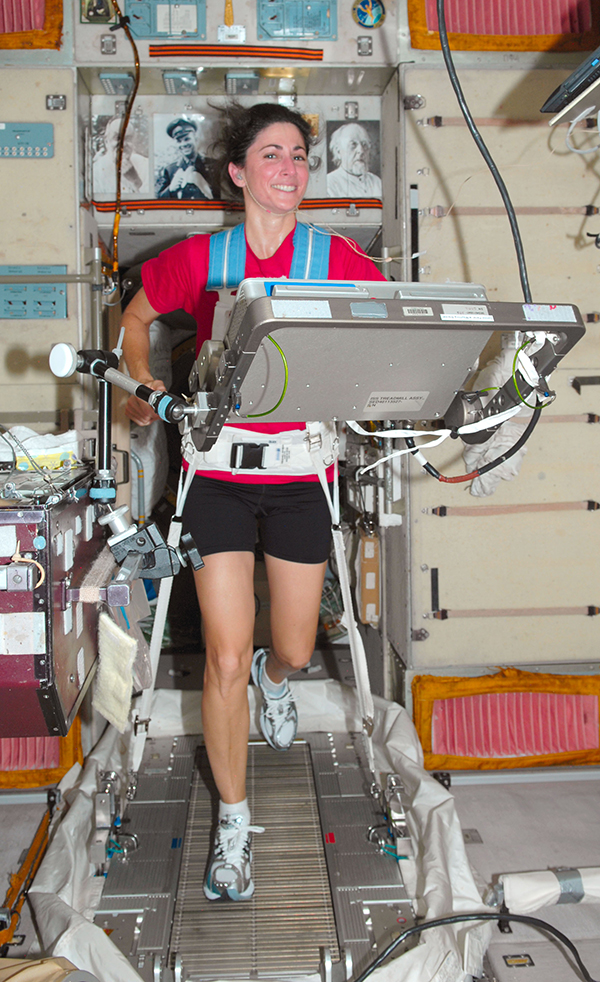
NASA astronaut Nicole Stott works out on a treadmill on the International Space Station in 2009. Astronauts are held to the treadmill with a bungee harness. In the late 1980s, a NASA engineer came up with an alternative that would use air pressure to simulate gravity, a concept he later reversed to simulate weightlessness on Earth. His son has helped turn the idea into two companies. Credit: NASA
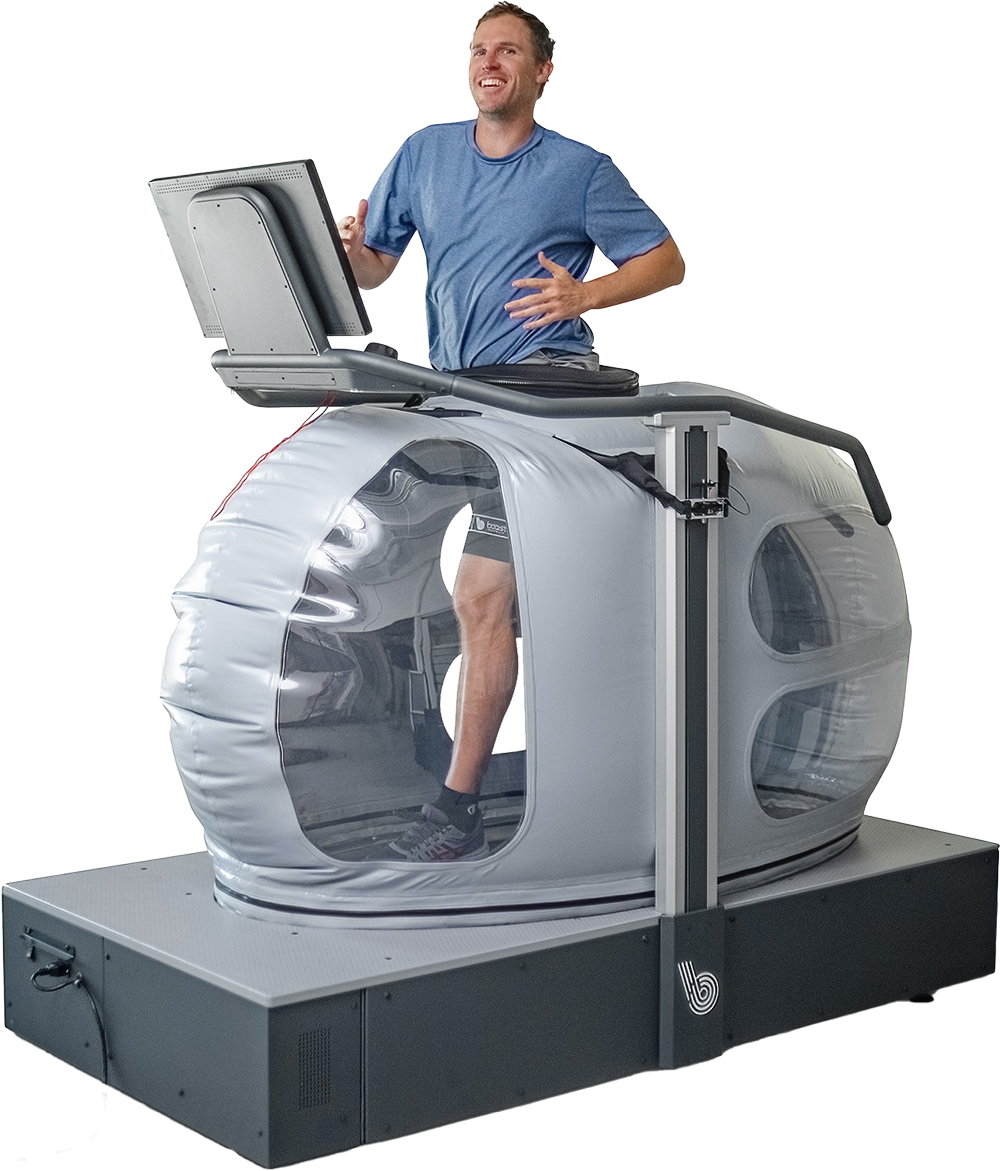
Boost Treadmills cofounder Sean Whalen runs on the Boost 2. The treadmill uses air pressure to counter gravity, making running possible for people with injuries and other conditions. Credit: Boost Treadmills LLC
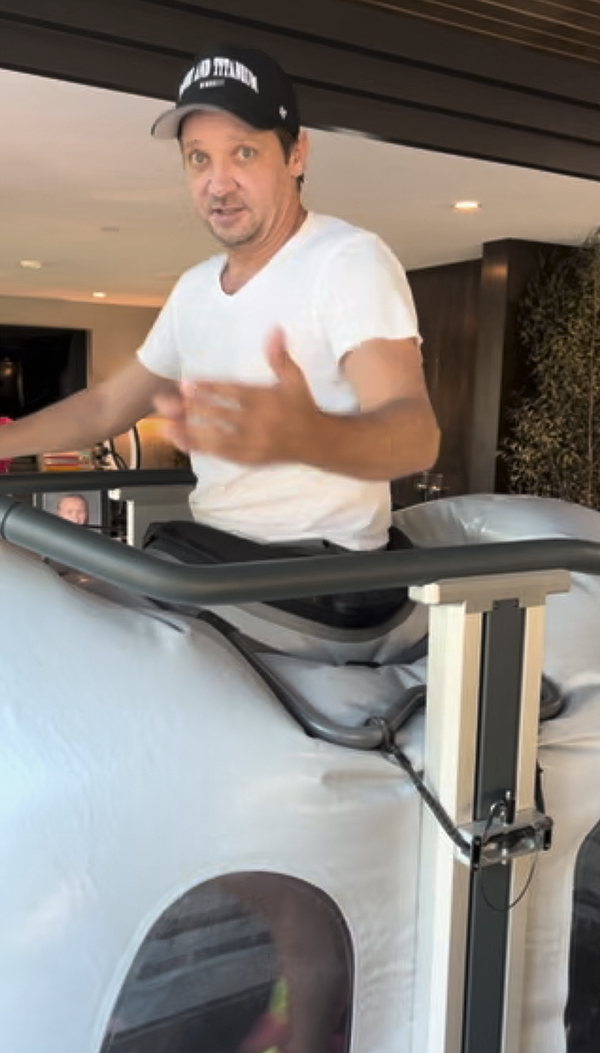
Actor Jeremy Renner works out on a Boost 2 treadmill. Renner has spoken publicly about the role the treadmill has played in his recovery from an accident on New Year’s Day 2023, when he was run over by a snowplow and broke 38 bones. Credit: Boost Treadmills LLC
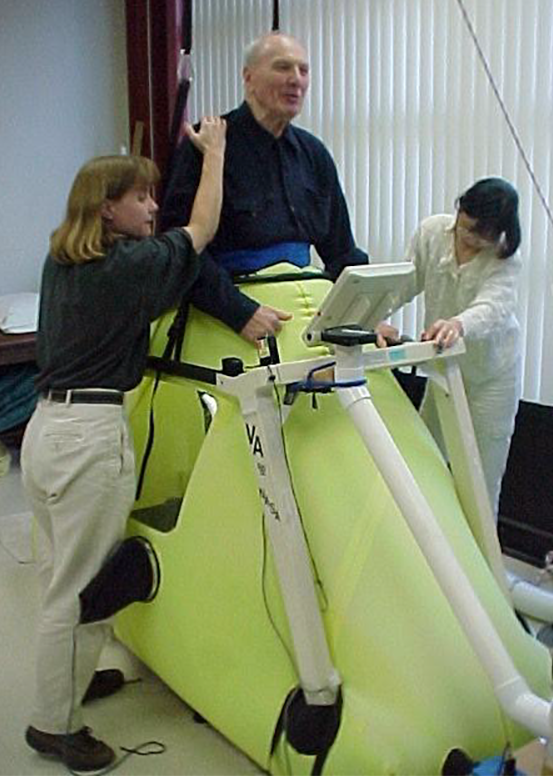
In the mid-1990s, the Palo Alto Veterans Affairs Rehabilitation Research and Development Center studied Robert Whalen’s antigravity treadmill concept for rehabilitative purposes. Here two of the study’s five Veterans Affairs investigators, Ellie Buckley (left) and Yang Cao oversee a test run. Credit: Palo Alto Veterans Administration Rehabilitation Research and Development Center


